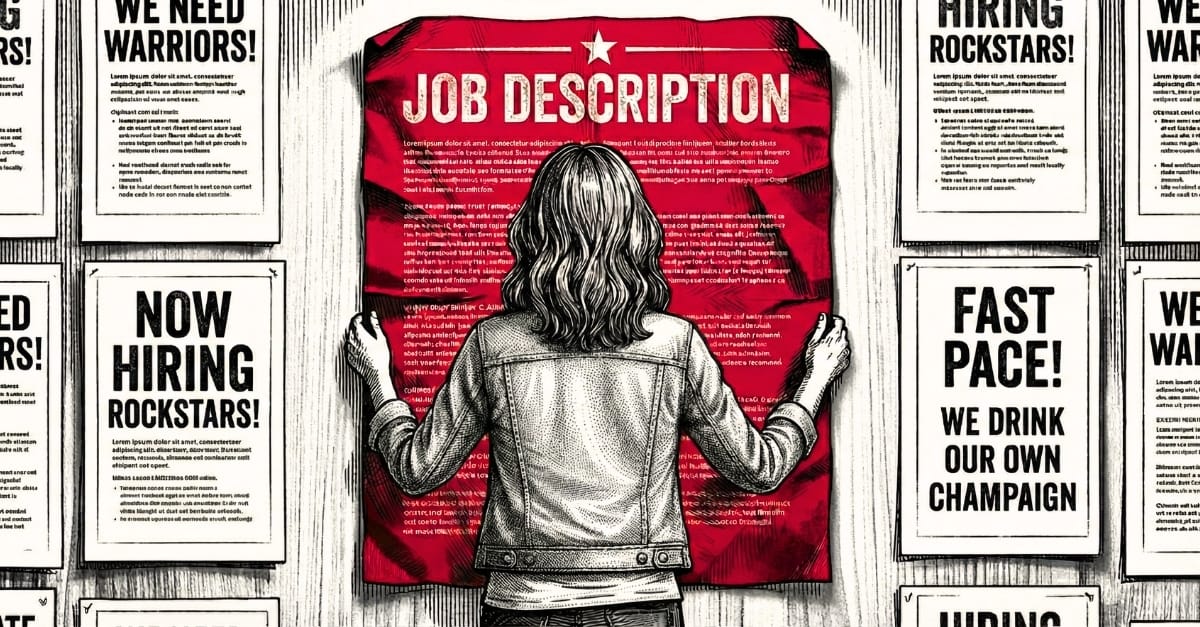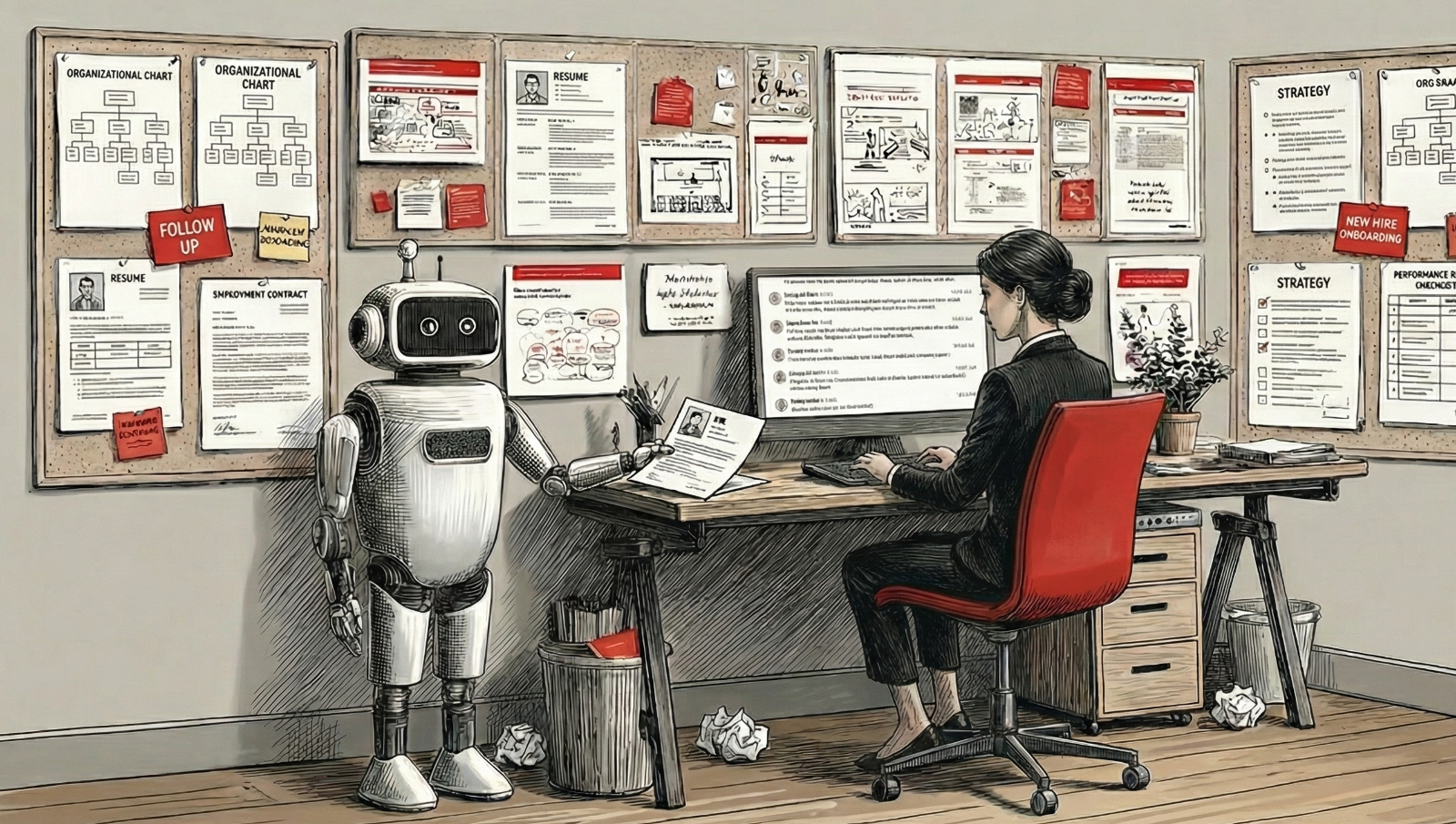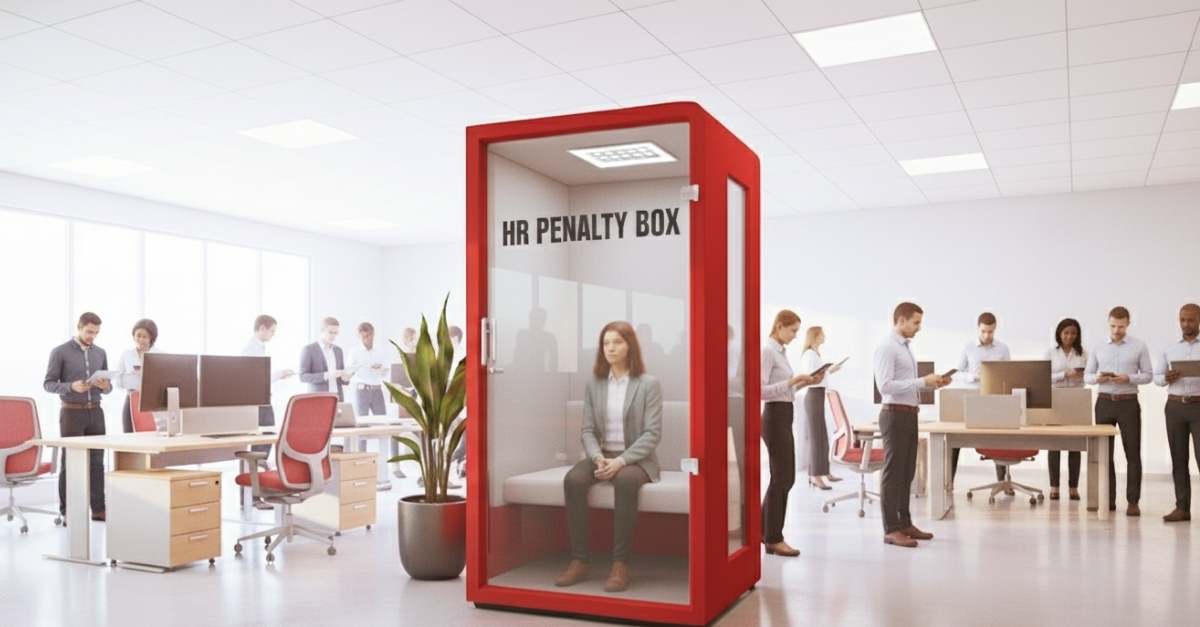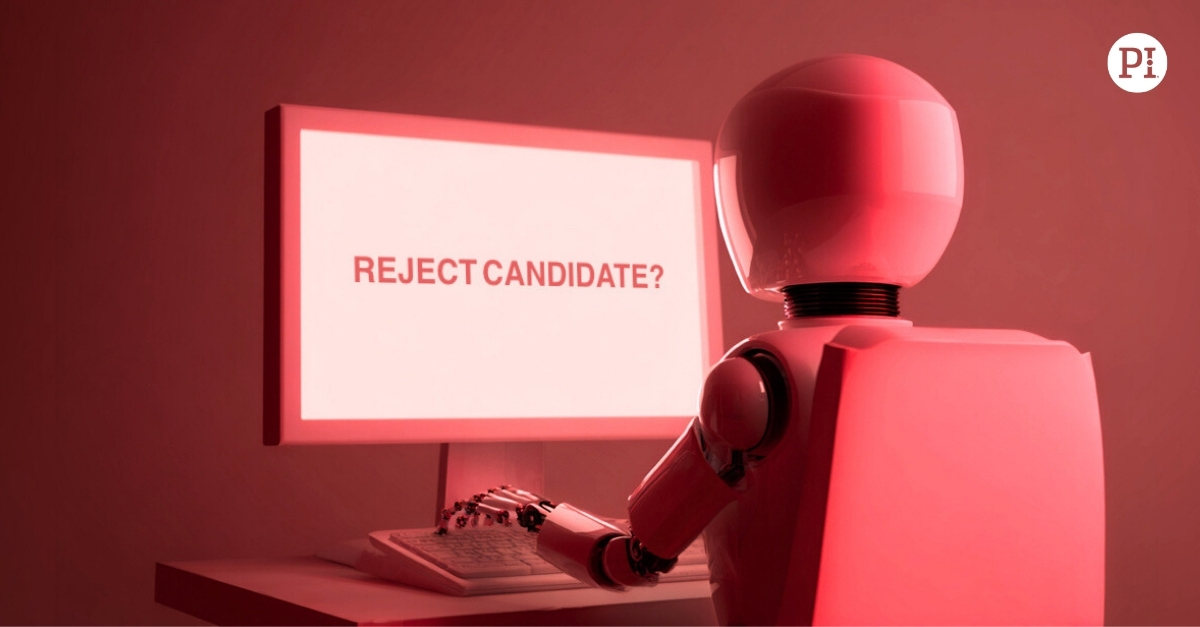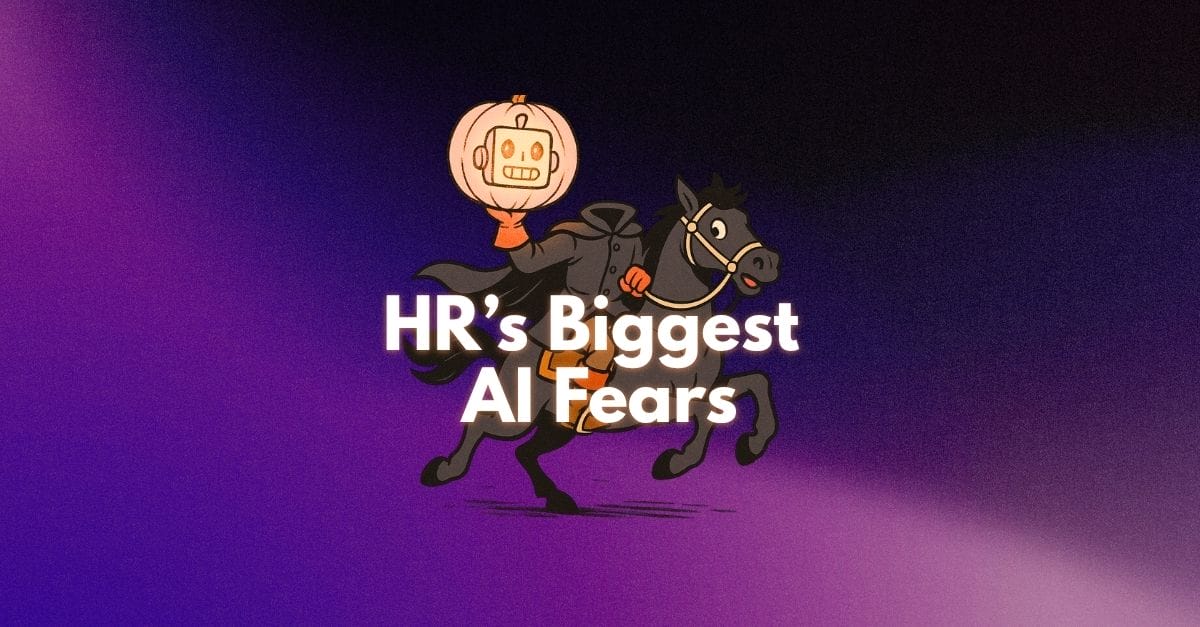Much has already been said about Gen Z’s professional proclivities – not all of it particularly kind or compassionate. The youngest generation of today’s workforce has been called everything from entitled to enigmatic, often held to unfair standards considering their relatively short tenure, not to mention the unfair shake that came, for many, with a mid-pandemic entry into real employment.
What HR teams, especially, ought to be asking is this: What drives Gen Zers at work?
It’s always dangerous to paint with a generational broad brush, but we have enough Zoomers in the room and on the Zoom screens (and many more coming) to start making assessments, if not drawing conclusions, about their places in a dynamic modern workforce.
Ultimately, successfully integrating your youngest employees isn’t just a matter of good faith – it’s good business. That begins with not judging people purely on traditional factors like resume and tenure. Understanding the whole person is crucial to offsetting perception bias. Meeting people where they are means reframing expectations and hearing them out.
Allow for too much generational drift, and in five years, you could be looking at an increasingly thin workforce. Burn people out early, and where do you expect them to be in their 30s?
Let’s talk about the job-hopping.
The dynamic landscape of the modern workforce presents unique challenges for HR teams, including the phenomenon of “job hopping” among Gen Z. While previous generations often valued long-term tenure and climbed traditional career ladders, many Gen Zers take a different approach to career progression.
This isn’t necessarily a sign of disloyalty, but rather a reflection of evolving priorities, economic realities, and a desire for meaningful work experiences. They’re hardly the first generation to do it, and their reasons range from the practical to the principled. Understanding the behavioral drives behind these decisions is crucial for HR leaders.
Right person. Right role. Every time.
PI Hire gives you the data you need to better predict which candidate will succeed in the role, and stay for the long term.
Interviewing “job-hopping” Gen Z Candidates
HR teams worried about candidates’ tenures might need to rethink the requirements, depending on the role they’re looking to fill. Shift the focus from length of stay to the quality and impact of their contributions in each role. Instead of viewing their diverse experiences as a red flag, you might see multiple opportunities to gain new skills, and adapt to different environments.
- Inquire about learning and growth: Ask what specific skills they gained or developed in each position, and how those experiences contributed to their professional journey.
- Focus on achievements and impact: Prompt them to discuss tangible accomplishments, problems they solved, or initiatives they led, regardless of the duration of their employment.
- Explore their motivations for change: Understand what they were seeking in each move (e.g., specific challenges, new skills, better alignment with values, or opportunities for advancement). This can reveal their drivers and help you assess if your organization can meet those needs.
- Assess adaptability and resilience: Discuss how they navigated transitions between roles, adapted to new teams, and learned new systems. Their ability to integrate quickly and effectively can be a significant asset.
- Emphasize transparency: Be open about your company culture, growth opportunities, and what a typical career trajectory might look like. This helps align expectations and demonstrates that you value a purposeful career path.
By focusing on these aspects, HR teams can uncover the valuable insights and diverse skill sets that “job-hopping” Gen Z candidates bring, transforming a perceived weakness into a genuine strength, aiming to attract, retain, and develop this vital segment of the talent pool.
The shifting sands of employee loyalty
For decades, employee loyalty was often equated with longevity. A long tenure at one company was seen as a hallmark of commitment and dedication. However, for Gen Z, loyalty takes on a more nuanced meaning. Their loyalty is often tied less to the organization itself and more to the experience within the organization.
This includes a commitment to the work they do, the values the company embodies, the opportunities for growth, and the quality of their relationships with colleagues and managers. Loyalty might be more tied to their manager than the name on the building – they can put a face and personality to the former; the latter often not so much.
Investing in behavioral data, and applying it to employee engagement findings, will help HR teams come up with more nuanced assessments of what drives their youngest employees. Studies consistently show that Gen Z, more than any other generation, is driven by a strong desire for purpose and impact. Being and belonging matter. People seek workplaces where they can bring their authentic selves to work and feel a genuine sense of inclusion. This extends beyond diversity initiatives to a culture where individual perspectives are valued, and psychological safety is paramount.
If a role or company no longer aligns with their personal values or offers the growth they seek, they are more likely to explore other options. This isn’t a rejection of loyalty, but a redefinition of it. For HR leaders, this means fostering an environment where employees feel valued, challenged, and connected to a larger mission.
Beyond the paycheck: The pursuit of pay equity
While competitive compensation remains a fundamental expectation for all employees, Gen Z places a greater emphasis on pay equity than some of its predecessors. They are more transparent about salaries and less afraid to discuss compensation with peers. And perceived inequities can quickly erode trust and lead to disengagement. Pay transparency laws are already adjusting to reflect this reality – and that’s a good sign for recruiters.
Gen Z has grown up in an era where information is readily accessible, and they are acutely aware of market rates and potential disparities. HR teams must prioritize transparent compensation structures and conduct regular pay equity audits. Demonstrating a genuine commitment to fair and equitable pay, not just competitive pay, is essential for building a sense of justice and commitment among Gen Z employees.
This goes beyond simply meeting minimum wage requirements; it involves a holistic approach to total rewards that acknowledges their contributions fairly within the broader market.
The theme of transparency extends beyond pay equity. Much of our existing employee sentiment data indicates Gen Z thrives in environments where open communication, constructive feedback, and opportunities for collaboration abound. Gen Zers might be less tolerant of hierarchies that stifle innovation or prevent them from contributing meaningfully.
HR leaders should focus on creating inclusive spaces where employees feel a sense of psychological safety to express ideas, ask questions, and even make mistakes without fear of retribution. This fosters an environment where being oneself is encouraged, and belonging is a natural, organic outcome.

Oh, and about that Gen Z stare…
You may have heard about the stare, or even come across it a few times. The “Gen Z stare” is more than a meme-maker. As many employers are finding, the silent stare is actually saying something; in fact, it’s often an indicator of disengagement.
It’s less a literal stare than a metaphorical one, representing a lack of interest or an internal shutdown when they perceive something as irrelevant, unfair, or simply not engaging. This can manifest as a quiet withdrawal, a lack of participation, or a general air of indifference.
But trying to read too much into any on stare is silly. Instead, promote an understanding of your Gen Z employees and their behavioral drives, just as you would anyone else. Self-awareness goes both ways, and the more we understand, say, someone’s preferred communications styles, the simpler it is to see whether that stare is sarcastic, or saying something deeper.
Equip managers with the skills and tools to identify these cues, and address them proactively. This requires a shift from command-and-control leadership to a more coaching-oriented approach that emphasizes empathy, active listening, and understanding individual motivational triggers.
The importance of recognizing individual behavioral drives
While these generational trends provide valuable insights, it’s critical for HR leaders to remember that Gen Z is not a monolith. Each individual possesses a unique set of behavioral drives, preferences, and motivations. Relying solely on generational stereotypes will almost always lead to short-sighted or ineffective strategies.
Instead, HR teams should leverage tools like PI’s Behavioral Assessment to develop a deeper understanding of each employee’s unique profile. What truly drives one Gen Z employee may be different from another. Some may be highly collaborative, while others prefer independent work. Some thrive on challenge and competition, while others seek stability and predictability. Tailoring development plans, assigning projects, and even structuring team dynamics based on individual behavioral drives will significantly enhance engagement and retention.
By understanding the nuanced motivations behind Gen Z’s career choices – their redefined loyalty, their pursuit of pay equity, their need for being and belonging, and their nuanced signs of disengagement – HR leaders can build more resilient, innovative, and attractive workplaces.
The key lies in moving beyond broad generalizations and embracing a more human approach that recognizes and attempts to accommodate the unique behavioral drives of every employee. This strategic shift will not only benefit Gen Z, but will ultimately create a more fulfilling and productive environment for everyone in the organization.

